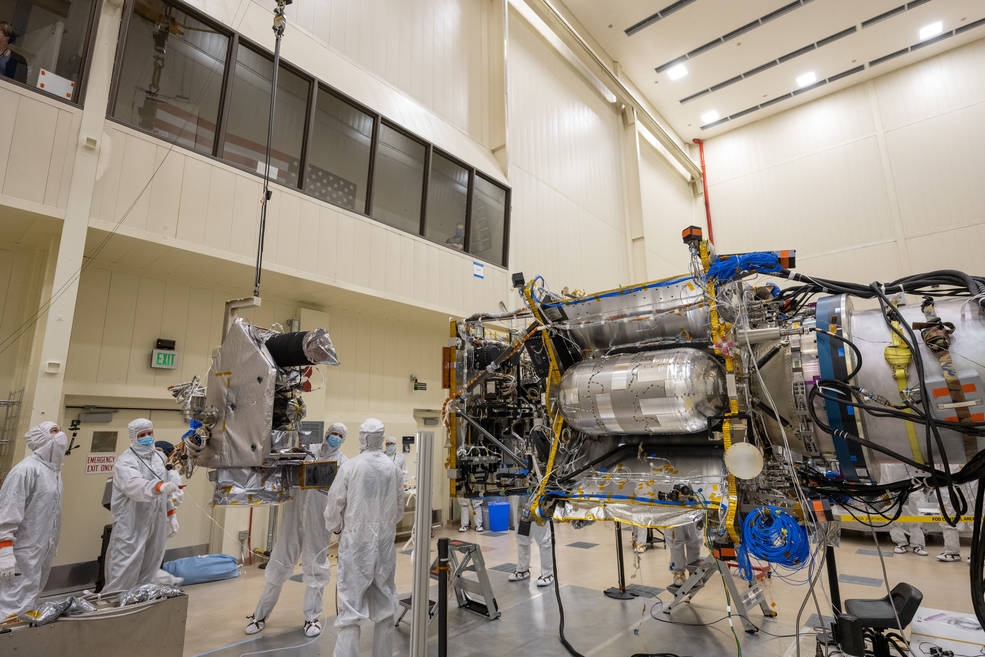Lucy

NASA’s Lucy mission will study the Trojan asteroids for the purpose of helping humanity understand the formation of planets and the solar system. Lucy is the first space mission to study the Trojans and was launched on Oct. 16, 2021. Overall, the mission is a 12-year endeavor with the spacecraft using gravity assistance form Earth.
With the help of L’LORRI, an imager onboard the spacecraft, four of the Trojan asteroids were seen by Lucy. Those asteroids included: Eurybates, Polymele, Leucus and Orus.
The Goddard Space Flight Center provided mission management, systems engineering and safety and mission assurance.
Lucy is the first space mission to explore a diverse population of small bodies known as the Jupiter Trojan asteroids. These remnants of our early solar system are trapped on stable orbits associated with – but not close to – the giant planet Jupiter. Trojan asteroids orbit in two “swarms” that lead and follow Jupiter in its orbit around the Sun and are thought to be comparable in number to the objects in the main asteroid belt between the orbits of Mars and Jupiter.
Over its 12-year mission, Lucy will explore a record-breaking number of asteroids: it will by two (plus a newly discovered satellite) in the belt of asteroids that circle the Sun between the orbits of Mars and Jupiter, and then eight Trojans, which includes five asteroid targets and the satellites of three of those. Lucy also will fly by Earth three times to get a push from its gravity, making it the first spacecraft to return to the vicinity of Earth from the outer solar system.
